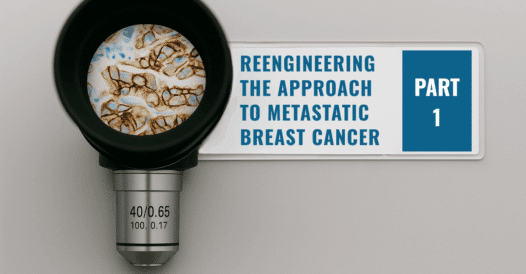Step Into Prevention: Mastering the Power of PrEP in HIV Care
Pre-exposure prophylaxis (PrEP) is an established and highly effective method of preventing sexually transmitted human immunodeficiency virus (HIV) infections and has been instrumental in declining incidence rates. Adherence and access to HIV prevention still pose challenges due to stigma and …









